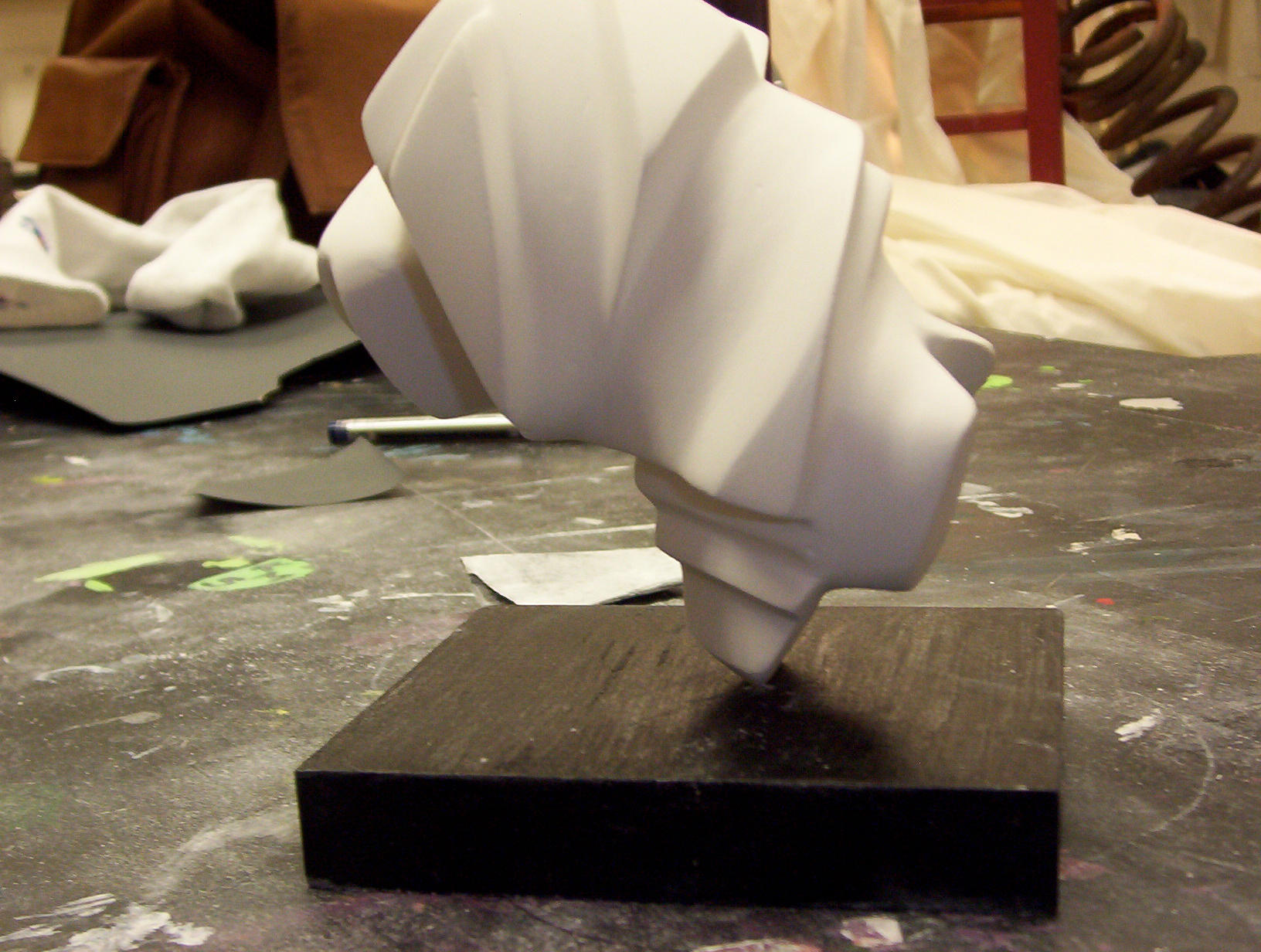Non Objective Sculpture

The Evolution and Impact of Non-Objective Sculpture: A Comprehensive Exploration
Art has long been a mirror reflecting humanity’s deepest thoughts, emotions, and questions. Among its myriad forms, non-objective sculpture stands as a testament to the boundless possibilities of creativity. Unconstrained by the need to represent recognizable forms, this genre invites viewers into a world of abstraction, emotion, and pure artistic expression. This article delves into the origins, evolution, and enduring significance of non-objective sculpture, offering a nuanced understanding of its place in the art world.
Defining Non-Objective Sculpture: Beyond Representation
Non-objective sculpture, often interchangeably referred to as abstract sculpture, diverges from figurative or representational art by eschewing recognizable subjects. Instead, it focuses on form, space, texture, and materiality to evoke emotions, ideas, or sensations. Unlike its objective counterpart, which seeks to depict the tangible world, non-objective sculpture exists in a realm of pure visual language.
Historical Roots: The Birth of Abstraction
The early 20th century marked a seismic shift in the art world, as artists began to question traditional notions of representation. The rise of movements like Cubism, Futurism, and Constructivism laid the groundwork for non-objective sculpture. Pioneers such as Pablo Picasso, Georges Braque, and Vladimir Tatlin experimented with fragmentation and geometric forms, paving the way for pure abstraction.
"Art is not what you see, but what you make others see." – Edgar Degas
Key Figures and Their Contributions
Several artists have been instrumental in shaping the trajectory of non-objective sculpture. Constantin Brâncuşi, for instance, distilled forms to their essence, creating works like Bird in Space that transcend literal representation. Similarly, Alexander Calder’s mobiles introduced movement and dynamism, redefining the relationship between sculpture and space.
| Artist | Key Work | Contribution |
|---|---|---|
| Constantin Brâncuşi | *Bird in Space* | Pioneered reductionism in sculpture |
| Alexander Calder | *Mobiles* | Introduced kinetic elements |
| Barbara Hepworth | *Pierced Form* | Explored negative space and organic forms |

Materials and Techniques: The Language of Abstraction
Non-objective sculpture embraces a wide range of materials, from traditional stone and metal to unconventional mediums like plastic, glass, and found objects. Artists often experiment with techniques such as welding, casting, and assemblage to achieve their vision.
The Role of Space and Viewer Perception
One of the most compelling aspects of non-objective sculpture is its interaction with space. Unlike two-dimensional art, sculpture occupies physical space, influencing how viewers perceive and engage with it. Artists like Isamu Noguchi and Henry Moore manipulated space through voids, curves, and negative forms, inviting viewers to move around and experience the work from multiple angles.
Non-Objective Sculpture in Contemporary Art
Today, non-objective sculpture continues to thrive, with contemporary artists pushing boundaries in innovative ways. Artists like Anish Kapoor and Anthony Caro explore themes of materiality, scale, and perception, while others incorporate digital technology and sustainable materials to address modern concerns.
The Psychological Impact: Emotion Without Representation
Non-objective sculpture often taps into the subconscious, evoking emotions and thoughts that defy verbal explanation. This emotional resonance is achieved through the careful manipulation of form, color, and texture, creating a visceral experience for the viewer.
Challenges and Criticisms
Despite its profound impact, non-objective sculpture has faced criticism. Some argue that its lack of recognizable forms can alienate viewers, while others question its ability to convey meaningful messages. However, these challenges also highlight the genre’s ability to provoke thought and challenge conventions.
Future Trends: Where is Non-Objective Sculpture Headed?
As technology advances and societal values evolve, non-objective sculpture is poised to continue its transformation. Emerging trends include the integration of AI, interactive elements, and sustainable materials, reflecting a growing emphasis on innovation and environmental consciousness.
Practical Applications: Beyond the Gallery
Non-objective sculpture is not confined to museums and galleries. It has found its way into public spaces, corporate environments, and even private homes, serving as a source of inspiration and contemplation. Public installations, in particular, democratize access to art, making it a shared experience for communities.
FAQ Section
What distinguishes non-objective sculpture from abstract sculpture?
+While the terms are often used interchangeably, non-objective sculpture completely eschews representation, focusing solely on form and material. Abstract sculpture, however, may retain some elements of recognizable subjects.
How do artists choose materials for non-objective sculpture?
+Artists select materials based on their aesthetic qualities, symbolic meanings, and the desired emotional impact. For example, metal may convey strength, while wood evokes warmth and organicity.
Can non-objective sculpture have a narrative?
+While non-objective sculpture does not tell a literal story, it can evoke narratives through its emotional and sensory qualities, allowing viewers to interpret it in personal and subjective ways.
How has technology influenced non-objective sculpture?
+Technology has expanded the possibilities of non-objective sculpture through 3D printing, digital modeling, and interactive elements, enabling artists to create complex and innovative works.
Conclusion: The Enduring Legacy of Non-Objective Sculpture
Non-objective sculpture remains a powerful and dynamic force in the art world, challenging conventions and inviting viewers to explore the depths of human creativity. From its historical roots to its contemporary manifestations, this genre continues to evolve, reflecting the ever-changing landscape of art and society. As we move forward, non-objective sculpture reminds us that art’s greatest strength lies in its ability to transcend the tangible, offering a glimpse into the intangible realms of emotion, thought, and imagination.
Final Thought: Non-objective sculpture is not just an art form—it is a testament to the limitless potential of human expression.


